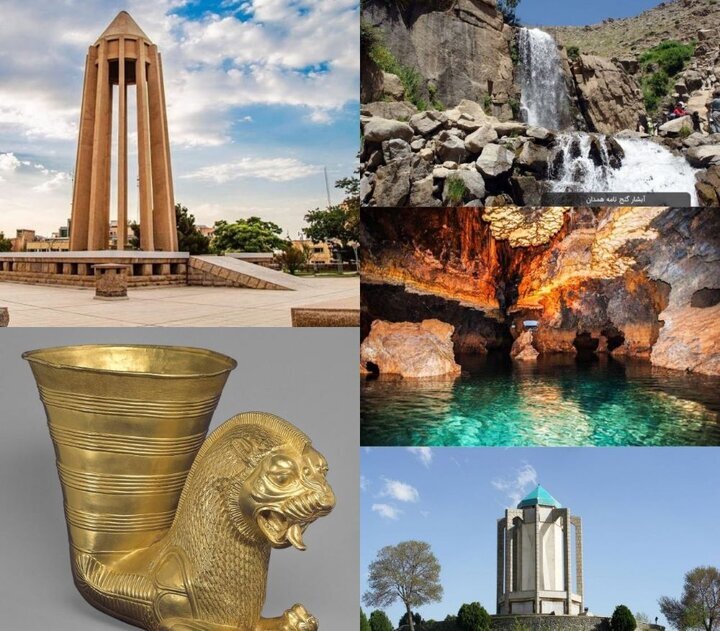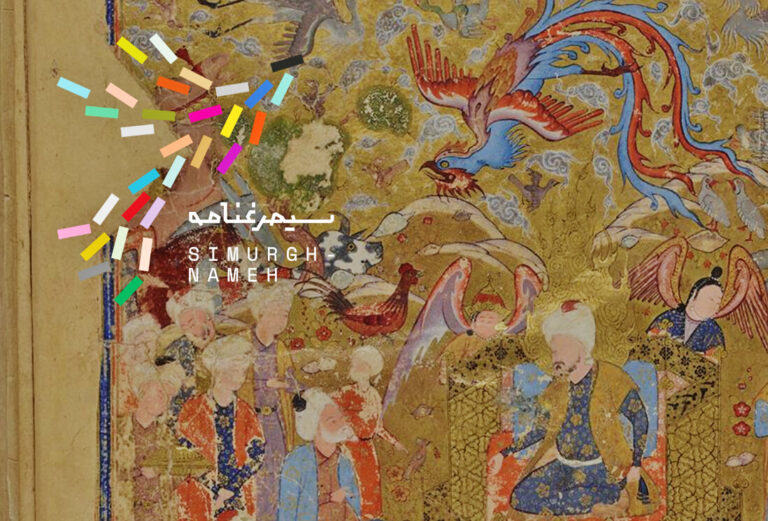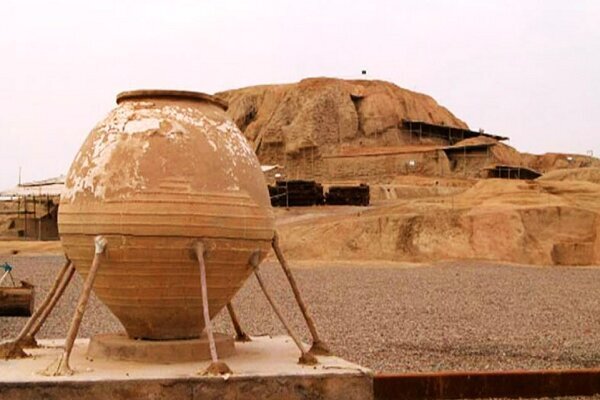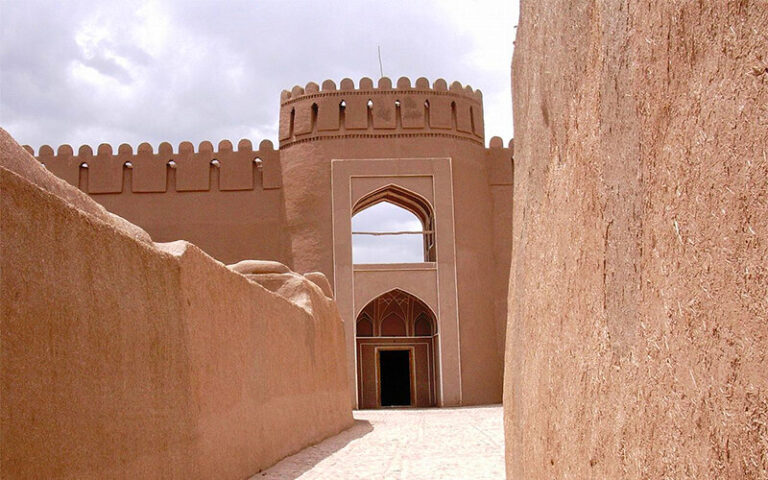Discover Hamedan: Ancient Civilization Meets Breathtaking Nature
Hamedan Province, recognized as one of the oldest centers of Iranian civilization, boasts a rich tapestry of poets, cultural icons, historical landmarks, and stunning natural attractions. This ancient city, celebrated as the first capital of the Medes empire, is not only a cornerstone of Iranian heritage but also a hub for visitors seeking to explore its diverse offerings. In this article, we will delve into the must-see sights and experiences that make Hamedan a premier destination, especially in the spring.
With its unique geographical conditions, Hamedan offers a pristine natural environment, making it an ideal locale for a pleasant getaway. The province is also renowned for its handicrafts, including exquisite leatherwork, ceramics, and carpets. Below are some of the key highlights that every traveler should explore while visiting Hamedan:
- Hegmataneh (Ecbatana) Excavations: This archaeological site is a must-visit. It was the first capital of the Aryans, sharing its historical significance with ancient cities like Athens and Rome. The site reveals a geometric layout of houses and streets that date back to the 8th century BC.
- Ganjnameh Inscriptions: Located southwest of Hamedan, these inscriptions are historical monuments from the Achaemenid era, inscribed on Alvand Mountain. Written in three ancient languages, they showcase the grandeur of Persian history.
- Alisadr Cave: Known as the world’s largest water cave, Alisadr attracts thousands of visitors year-round. Located near Kabudarahang, this stunning cave features numerous water halls and unique formations, making it a highlight of Hamedan’s attractions.
- Tomb of Baba Taher: This memorial building honors Baba Taher Oryan, a prominent poet and mystic from the 11th century. Located in Baba Taher Square, it stands as a testament to cultural heritage.
- Avicenna Mausoleum: A tribute to the renowned philosopher and physician, this mausoleum is situated in Abu Ali Sina Square. Avicenna’s legacy in medicine and philosophy attracts many visitors, making it a significant landmark in Hamedan.
- Shir Sangi (Stone Lion): This historical monument, once part of the ‘Lion’s Gate’, provides insight into the region’s ancient past. The stone lion is a symbol of Hamedan’s rich history and is held in great esteem by locals.
- Lalejin – The Pottery Capital: This small town in northwest Hamedan is celebrated as the world’s pottery capital. With around 80% of its population engaged in pottery and ceramics, Lalejin is a vital center for these traditional crafts.
Hegmataneh, or Ecbatana, is not just a site of ruins; it is an archaeological treasure that reveals the sophisticated urban planning of its time. The city was established as the capital of the Median kingdom by Deioces, providing a glimpse into ancient governance and culture. Visitors can explore the museum at the excavation site, which showcases a collection of Achaemenid, Sassanian, and Median artifacts, allowing for a fascinating journey back to the era when Ecbatana was a significant center of power.
The Ganjnameh inscriptions are a remarkable feature of Hamedan’s landscape. These inscriptions, carved into the mountainside, tell stories of historical significance and the linguistic heritage of ancient Persia. The accompanying waterfall enhances the natural beauty of the site, creating a serene atmosphere for visitors to appreciate both the inscriptions and the surrounding landscape.
Alisadr Cave, as a highlight of Hamedan, is renowned for its stunning geological formations. The cave features a unique ecosystem and is accessible through boat rides, allowing visitors to explore its depths while enjoying a serene experience. The management of this cave ensures its preservation, making it a sustainable attraction for future generations.
Another cultural gem is the Tomb of Baba Taher, who lived during the 11th century. His contributions to Persian literature and mysticism are commemorated in this elegant memorial, which draws admirers of poetry and history alike.
Avicenna Mausoleum stands as a beacon of knowledge and intellect, celebrating the life of one of history’s greatest thinkers. The mausoleum serves not only as a resting place but also as a symbol of Iran’s profound contributions to science and philosophy.
The Shir Sangi, or Stone Lion, is a fascinating remnant of Hamedan’s ancient gates, providing insight into the architectural styles and cultural significance of the period. This statue, along with its twin, were originally part of a grand entrance to the city, reflecting the artistic capabilities of ancient Iranian civilizations.
Finally, Lalejin’s designation as the world’s pottery capital is a point of pride for the region. The town’s commitment to preserving and promoting its pottery heritage ensures that visitors can witness traditional craftsmanship at its finest. The vibrant community of potters contributes to the cultural richness of Hamedan, making it an essential part of any visit.
In conclusion, Hamedan Province is a treasure trove of historical, cultural, and natural attractions that offer a unique insight into one of the world’s oldest civilizations. Whether you are an avid history buff, a lover of nature, or a fan of traditional crafts, Hamedan promises an unforgettable experience. Plan your visit to discover the wonders of this ancient city and immerse yourself in its rich heritage.






